Tamron 28-300mm f/4-7.1 Di III VC VXD Review: Going Back To Its Roots
For many decades, Tamron has been known for making affordable and convenient super-zoom lenses. Well, they are back to true form with a new 28-300mm ultra-versatile lens for Sony E-mount and I got to try it out at the Calgary Folk Festival to see how it handles.
It seems that the popularity of the super-zoom has waned a bit in recent years but for many people, a single lens that can cover everything from landscapes to sports and wildlife without having to take additional gear is a really convenient tool. Anyone who likes to travel or wants to grab the camera without a bag and hit the town should take a look at what this lens has to offer.

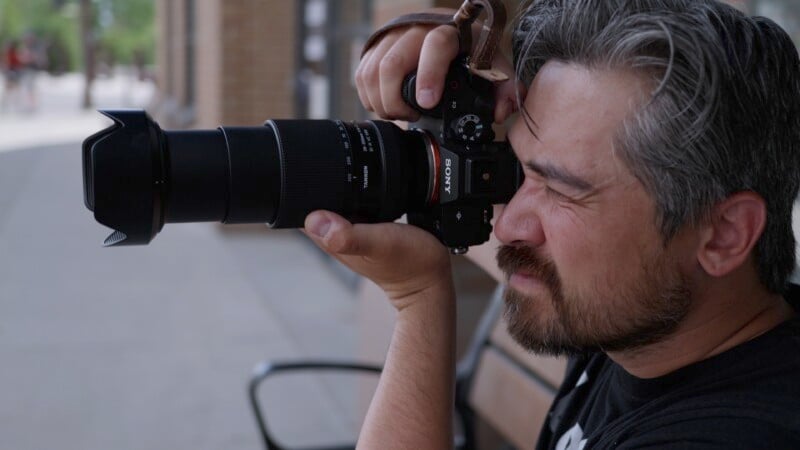
Tamron 28-300mm f/4-7.1 Di III VC VXD Review: How It Handles
The $899 Tamron 28-300mm f/4-7.1 Di III VC VXD is built almost identically to the latest Tamron lenses. The company has gone with a simple and handsome understated look with an emphasis on simplicity and compactness. Like almost all Tamron zooms, the 28-300mm has a basic plastic hood and 67mm filter threads. The zoom ring is generous and turns smoothly with a switch to lock it in place so that the lens doesn’t accidentally extend on the go. The manual focus ring is fairly sloppy feeling, as usual, but it is functional and there is a customizable button on the side which I didn’t expect to see.

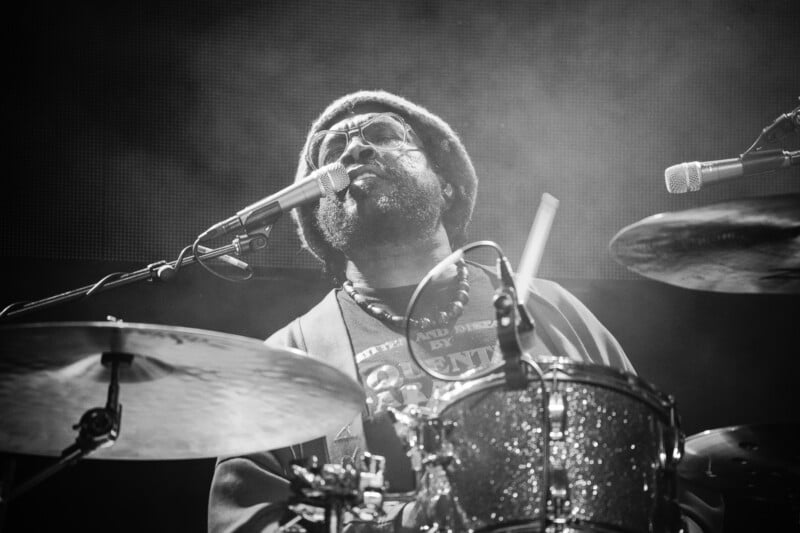
Weighing in at just under 22 ounces (620 grams), the Tamron 28-300mm is easy to carry all day long and even has the usual high level of weather sealing to handle nasty weather. Tamron has seen fit to install VC, which stands for “vibration compensation” and is Tamron’s signature image stabilization technology, in this lens which will be a nice touch on bodies that don’t have built-in IBIS to steady the lens.
I found the lens to be very easy to handle and maneuver and I think it would make for an ideal travel companion. The VXD linear motors gave excellent speed and performance when shooting around the festival and worked well with Sony’s Real-Time tracking autofocus. In low-light, I noticed a bit of delay but that makes sense given the fairly dark apertures in this Tamron lens.
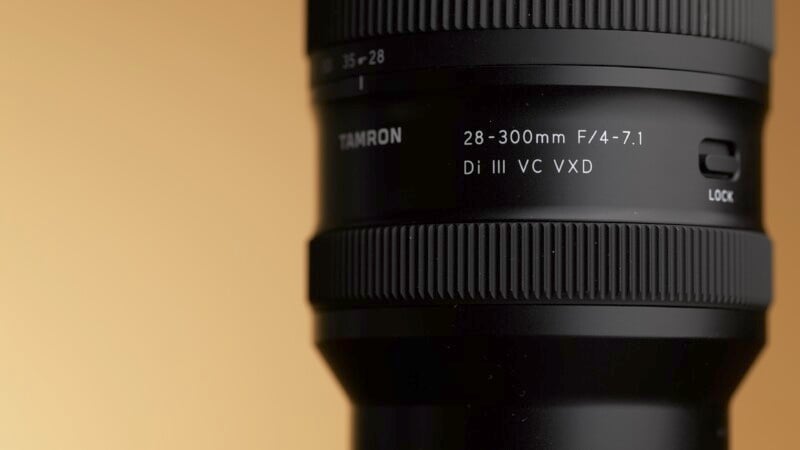

One thing that makes a super-zoom handy is its ability to handle all kinds of photography. The Tamron 28-300mm has a useful macro capability giving a 1:2.8 life-size reproduction ratio at 28mm and 1:3.8 when at the long 300mm end. The working distance at 28mm is unfortunate, however, and only provides about an inch of give when shooting at the minimum distance. I found the lens to often cast a shadow on subjects and local fauna will tend to fly away when the lens is that close. Regardless, I like the extra versatility that this jack-of-all-trades lens is delivering.
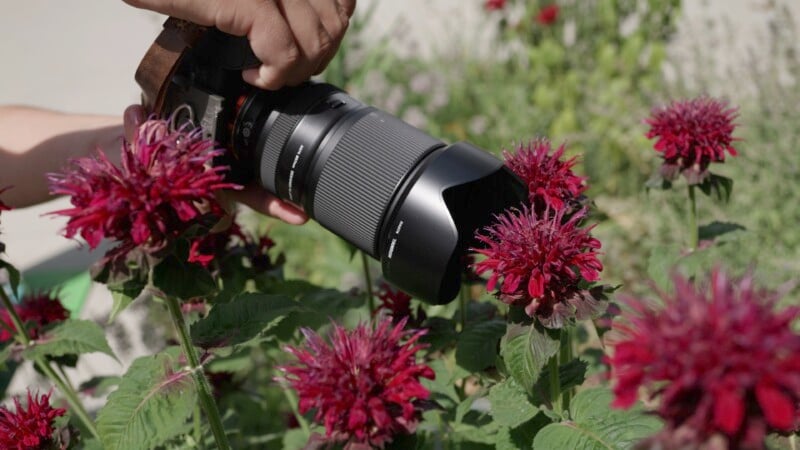

Tamron 28-300mm f/4-7.1 Di III VC VXD Review: How It Shoots
What any super-zoom lens adds in versatility it often loses in optical performance and the Tamron does have some quirks. Flare is really well-controlled thanks to the excellent lens coatings and I found it to retain good contrast even when shooting into the sun. Ghosting is minor and doesn’t get obnoxious when shooting at tight apertures. Unfortunately, the sunstars created by this lens are so nondescript as to be completely unnoticeable. Even at tight apertures, bright points of light just look like soft blobs without any definition.

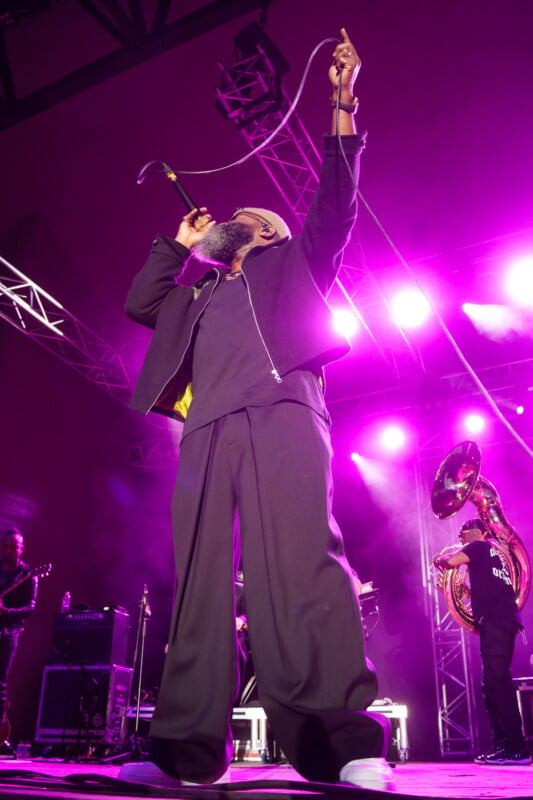
The appearance of bokeh won’t win any beauty contests either because the specular highlights will show some onion rings and busyness as well as a strong cat’s eye effect in the corners of the frame. This tends to cause the softer backgrounds to look busy and distracting and overall soft-focus areas will tend to be harsh looking. This isn’t a lens designed for shallow depth-of-field shots anyway but in some situations, like sports and wildlife shots, there is often a benefit to be had from nicer-looking bokeh than what this lens provides.
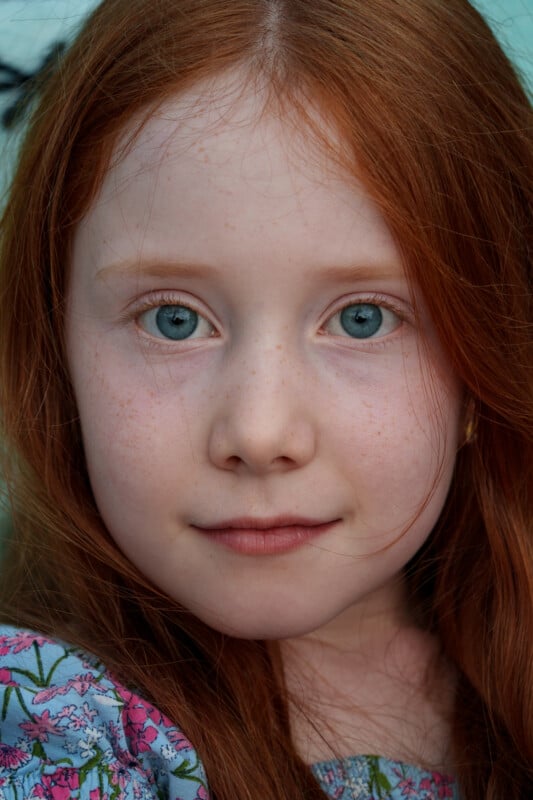

What I was surprised by on the new 28-300mm is an almost complete lack of lens breathing. There is often a distracting change in the field of view of a lens when focusing from near to far but the Tamron has very little of this effect which is a positive for both videographers who want to pull focus during a scene or photographers who want to focus-stack multiple images in their macro shots.


So the 28-300mm isn’t really a lens that will have much character or any stand-out optical performance… but is it sharp? We found the center portions of the image to be quite good even wide-open no matter where you choose to zoom the lens. Contrast improves overall by stopping the lens down a bit, but I was very happy with the detail I got.
The corners are not as consistent, though, especially at 28mm. They start quite soft and mushy at f/4 and only get usable around f/8. The 300mm range has better and more consistent corner sharpness but I would argue that it is more desirable to have sharp corners at 28mm for landscape applications.
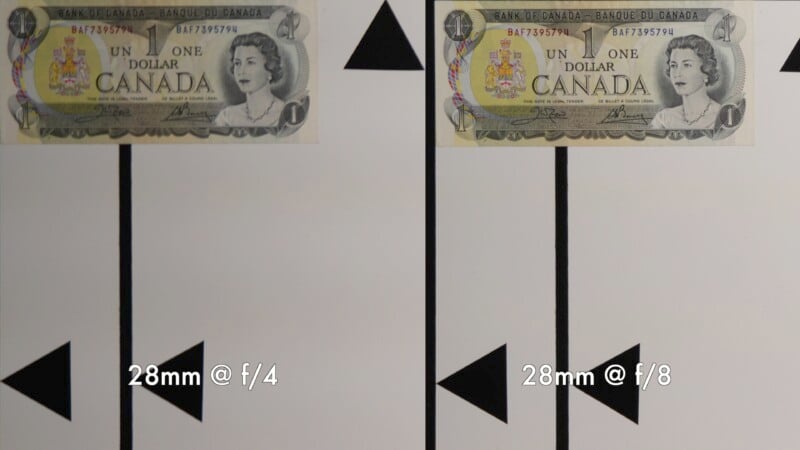
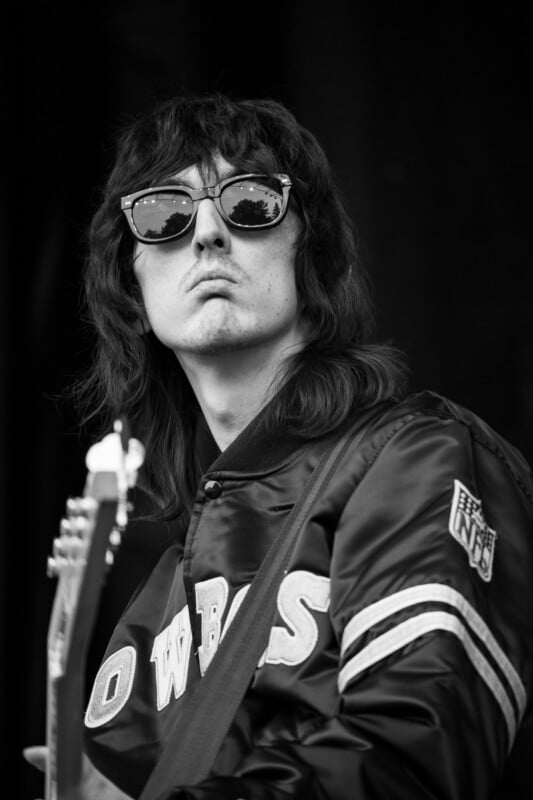
Tamron 28-300mm f/4-7.1 Di III VC VXD: Who Is This Lens For?
The new Tamron 28-300mm gave me the versatility I expected but it did so with a very pedestrian kind of look. That doesn’t mean it is undesirable or ineffective; in fact, quite the opposite. It just means that super-zooms aren’t the place to look for dramatic depth-of-field or stunning character. They are predictable and convenient over anything else.
Shooting the band “The Roots” at night was very interesting because I got to see the good and the bad of this new lens. I loved having the large zoom range to go from up-close full-body shots to focusing on a single musician in the background. I found the focus to work well enough and my only real worry was the relatively dark apertures. I knew that having a minimum aperture around f/7.1 for most of my shots was not ideal and I had to use quite noisy ISO values to make the shot work. This obviously hurts image quality but it’s the price to pay for the convenience factor. That being said, there are more specialized tools for demanding situations, and in the end, I still liked the results I got on the 28-300mm and it made me happy for what it is intended to be. I think it will find an adoring audience that likes the ease of use that comes with such a general-purpose lens.


Are There Alternatives?
The Tamron 28-200mm f/2.8-5.6 Di III RXD lens gives more light with a similar level of convenience. It might not have VC but most modern Sony bodies have IBIS now. It certainly gives more light and is optically quite nice. Sony does make a 24-240mm f/3.5-6.3 OSS which doesn’t provide a lot more light but does give a significant wide-angle advantage over the 28-300mm. I expected the Sony to be substantially more expensive but both lenses are quite close in price — Sony is only asking $948.
Should You Buy It?
Maybe. There are good alternatives to the Tamron 28-300mm f/4-7.1 Di III VC VXD which might be better suited to you and the versatility might not sway you past the middling optical performance. However, users looking for convenience over anything else will find the Tamron 28-300mm fits the bill.